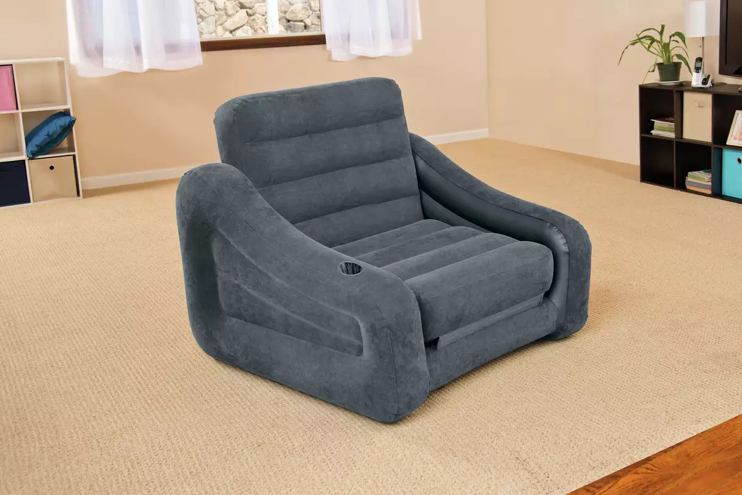
Air beds and inflatable sofas offer a versatile and convenient solution for both indoor and outdoor relaxation needs. Designed for easy inflation and deflation, it provides comfortable seating and sleeping options that are ideal for guests, camping trips, and small living spaces. However, they do require careful consideration of placement, environmental factors, and proper maintenance. Understanding these aspects is crucial for ensuring safety and longevity.
Choosing the Right Location
The first step in setting up an inflatable is selecting an appropriate location. Here's what you need to consider:
Flat Surface: Ensure the ground is flat and even. An uneven surface can cause the inflatable to tilt, posing a safety risk.
Clear of Debris: Remove any sharp objects, rocks, or sticks from the area. These can puncture the inflatable and lead to deflation.
Open Space: There should be ample space around the inflatable to allow for movement and prevent collisions. A good rule of thumb if possible is to have at least 5 feet of clearance on all sides.
Ground Anchoring: For outdoor setups and inflatables like bouncy castles, ensure the inflatable is securely anchored using stakes or weights. This prevents it from shifting or blowing away in windy conditions.
Environmental Considerations
Environmental factors play a significant role in the performance and safety of inflatables:
Sunlight: Direct sunlight can cause the material to heat up, leading to expansion. Over time, prolonged exposure can degrade the material, causing it to weaken and become more prone to punctures. Whenever possible, place the inflatable in a shaded area or use a protective cover.
Got a puncture? View our blog on how to prevent and treat punctures here
Wind: Windy conditions can be dangerous for inflatables. Always check the weather forecast before setting up. If winds exceed 15-20 mph, it is advisable to deflate the inflatable and avoid usage until conditions improve.
Temperature Fluctuations: Rapid temperature changes can affect the air pressure inside the inflatable. On a hot day, the air inside expands, while cooler temperatures cause it to contract. Monitor the inflatable throughout the day and adjust the air pressure as needed.
First Use Considerations
When using an inflatable for the first time, take the following steps:
Inspection: Thoroughly inspect the inflatable for any signs of damage or wear. Look for tears, holes, or weakened seams.
Test Inflation: Inflate the unit and check for any air leaks. Ensure that all zippers and air valves are securely closed.
Deflation and Storage
Proper deflation and storage are crucial for maintaining the longevity of your inflatable:
Deflation: Turn off the blower and allow the inflatable to fully deflate. Open all air outlets to let out any remaining air. Walk over the inflatable to ensure all air is expelled.
Cleaning: Wipe down the inflatable with a mild soap solution and water. Ensure it is completely dry before storage to prevent mold and mildew.
Folding: Fold the inflatable neatly, avoiding any sharp creases. This helps prevent damage to the material over time.
Storage: Store the inflatable in a cool, dry place. Avoid areas with extreme temperature fluctuations. Use a storage bag to protect it from dust and debris.
Expansion and Deflation Cycles
Inflatables naturally expand and contract with changes in temperature and usage. It's important to monitor these cycles to ensure safety and durability:
Expansion: On hot days, check the air pressure periodically to prevent over-expansion. Release some air if necessary to avoid putting excess strain on the seams and material.
Deflation: During cooler periods or at the end of the day, check for significant deflation. If the inflatable is too soft, reinflate to maintain optimal pressure.
By carefully considering the placement, environmental factors, and proper maintenance of your inflatable, you can ensure a safe and enjoyable experience for everyone. Regular inspection and care will also extend the life of your inflatable, making it a worthwhile investment for years to come.
View the full range of inflatables here